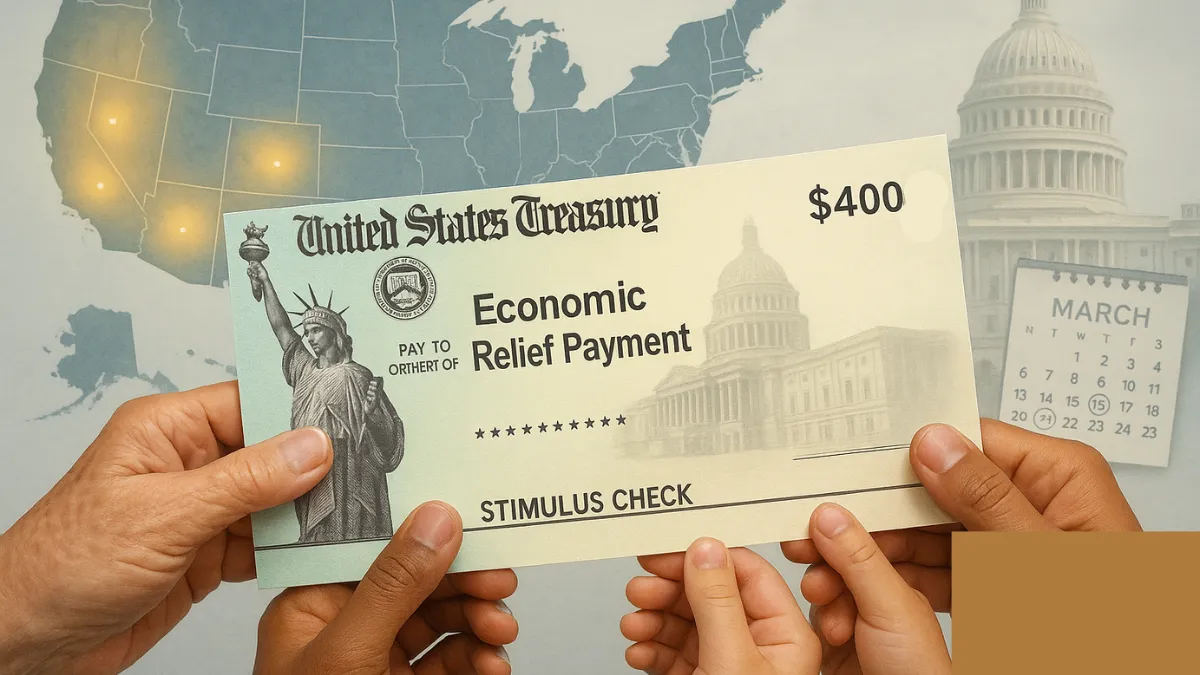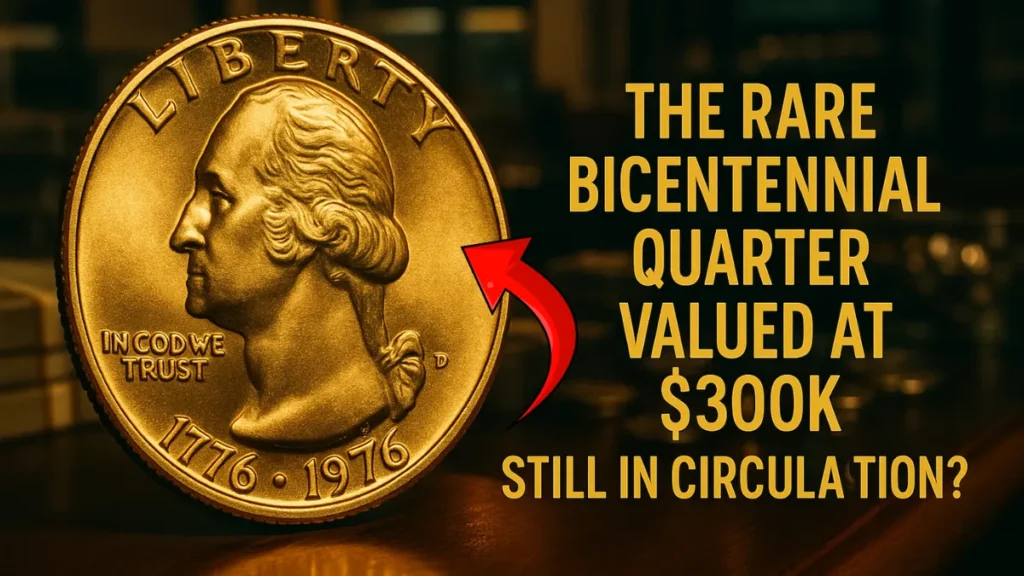On June 9th, select taxpayers in the U.S. could receive up to $3,000 from the IRS
While the majority of Americans have already received their tax refunds for 2024, a select group of taxpayers may still be eligible to receive a payment of up to $3,000 from the IRS this June.
This opportunity targets a specific subset of filers who submitted their returns during a designated period. If you fall within this group, taking the right steps now can help ensure you receive your funds on time.
Discover if you qualify and how to ensure you receive your funds promptly
As tax season nears its conclusion, most individuals have already seen their refunds processed. However, taxpayers who filed their 2024 federal returns electronically between May 10 and May 17, 2025, are part of a group eligible for a special refund payout.
The IRS has announced that these payments are being processed and sent out between June 1 and June 8, 2025. For many, this could provide timely financial relief and a welcome cash boost.
For those who missed the initial tax filing deadline in April, the IRS provides an option to request an extension
If you didn’t manage to file your taxes by the standard April deadline, there’s still a way to stay on track. The IRS allows taxpayers to apply for a filing extension, particularly if they’ve been affected by specific emergencies like severe storms or wildfires.
Extensions can offer critical breathing room for those impacted by unexpected challenges. Understanding and acting on these provisions can help ensure you’re not missing out on money you may still be entitled to claim.
Taxpayers who chose direct deposit can expect their refunds to arrive promptly
Using direct deposit remains the fastest and most reliable way to receive your refund. Taxpayers who selected this method during filing can expect their refunds to land in their bank accounts swiftly, often faster than other methods.
On average, the refund amount for those who used direct deposit is around $3,034. Not only does this speed up the timeline, but it also helps minimize the chances of issues that can arise with paper checks.
For those who opted for a mailed check, it’s important to note that the refund might take an additional week to arrive
If you chose to receive your refund by mail, be aware that delivery may take a bit longer. Generally, paper check refunds are delayed by up to a week when compared to direct deposits. While this method is still secure, it does carry more uncertainty in terms of timing.
The IRS continues to recommend choosing direct deposit in future filings to benefit from faster access to funds and fewer delivery concerns.
The nuances of the IRS refund process can significantly impact the timing and amount of your refund
Understanding the finer details of how the IRS handles refunds is important. The average refund for all taxpayers stands at approximately $2,939, slightly lower than the average for those using direct deposit.
This difference underscores the value of choosing faster and more efficient filing and payment methods. Being informed and proactive about your tax return can lead to a smoother experience and help avoid delays or reduced refund amounts.
For those still awaiting their refunds, the IRS website offers a wealth of resources to assist in tracking and managing your refund
If you’re still waiting on your tax refund, there are tools at your disposal. The IRS website features several resources that can help you check the progress of your return and refund.
By entering your information on their secure portal, you can receive real-time updates and projected dates. These digital tools reflect the IRS’s ongoing efforts to make the tax process more transparent and easier to navigate, helping taxpayers stay informed and prepared.
FAQs
Who is eligible for the June 9 IRS refund of up to $3,000?
Taxpayers who filed their 2024 returns electronically between May 10 and May 17, 2025, are eligible for this special IRS refund.
When will the IRS issue the $3,000 refunds?
The IRS is scheduled to disburse these refunds between June 1 and June 8, 2025, depending on your filing date and payment method.
How can I track my IRS refund status online?
You can use the “Where’s My Refund?” tool on the IRS website by entering your SSN, filing status, and refund amount for real-time updates.
Does choosing direct deposit speed up my refund?
Yes, refunds sent via direct deposit arrive faster than mailed checks and are typically processed more securely and without delays.












